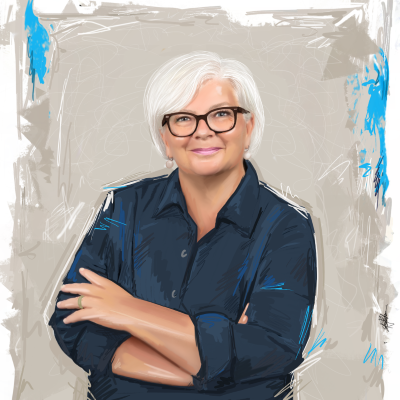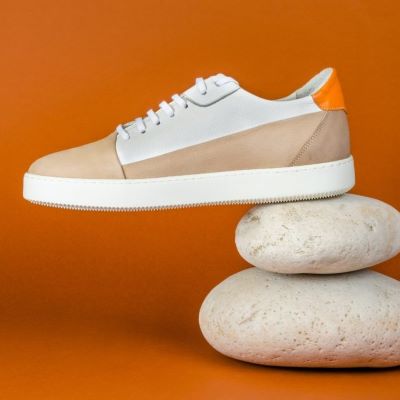A negative start to the year 2024 for Italian footwear

In the first quarter of the year, the Italian footwear industry recorded “significant setbacks in all economic indicators”, including exports and turnover. More than 80% of entrepreneurs do not expect an improvement before 2025
According to the latest report by the Centro Studi Confindustria Moda for the Italian Footwear Association, the Italian footwear industry experienced a sharp slowdown in the first quarter of 2024, with a fall in both exports (down by 9.7% in value and 10.3% in volume) and turnover (down by 10.1%). Italian families have also been buying less (down by 1.6% in volume and 0.7% in value) and there’s a general lack of confidence in the industry among entrepreneurs.
“The slowdown that began in the second half of last year has continued for the footwear industry at the start of 2024 and has now become even more marked, with a strong reduction in orders and production activity (the ISTAT index of industrial production in the first three months shows -20.5%)”, said Giovanna Ceolini, President of Assocalzaturifici. “Moreover”, she added, “the sentiment of entrepreneurs does not show confidence: only 11% trust in an improvement in the economic trend in the second quarter (…) and more than 80% expect a turnaround no earlier than 2025”.
Exports
Italian footwear exports in the first quarter of the year fell by 9.7% in value to 3.17 billion euros and by 10.3% in volume (6 million fewer units), as compared with the same period last year. What’s more, there was a clear downward trend throughout the quarter: after a resilient January with a 1.4% increase in value, February saw a 6.2% decline and March even saw a collapse of the order of 20% in both value and volume.The EU markets showed less unfavourable trends, with exports falling by 4.1% in value terms in the first quarter of the year, on a comparable basis to the same period of 2023. It should be noted that France and Spain confirmed their positions as the main markets for Italian footwear: exports increased by 1.7% and 8.5% respectively in terms of value, despite a decline in volume terms of 4.3% and 10%, as compared to the same months of the previous year.
On the other hand, Italian footwear exports to non-EU markets fell by 15% over the quarter as a whole. Switzerland, which has always been a traditional logistical distribution hub for fashion multinationals but has been replaced by direct shipments to end markets, recorded a decline in value of 53.4% and 36.7% in volume in the first quarter, on a comparable basis to the same period last year. The UK and the US are on a downward trend, with a 6.1% and 8.8% year-on-year decline in value terms, respectively.
In the Far East and the Middle East, where the presence of designer labels is traditionally stronger, exports showed some resilience at the start of 2024, with value growth of 4.3% and 14.1%, respectively, as compared to the same period last year.
In the Far East, China (up by 10.8% in value and 17.8% in volume) and Hong Kong (up by 26% in value and 4.9% in volume) performed particularly well, Japan held its own (down by 0.9% and up by 3.1% in volume), while South Korea recorded a sharp fall of around 30%. In the Middle East, exports to the United Arab Emirates rose by 34.4% in value but fell by 4.5% in volume, as compared with the first quarter of 2023.
Finally, in the first quarter of the year, Italian footwear exports to Russia fell by 22.4% in value and by 17.8% in volume, while to Ukraine they rose by 21% in value and fell by 11% in volume, as compared to the same period of the previous year. On the other hand, exports to Kazakhstan continued their positive trend, rising by 4.8% in value and 12.2% in volume year-on-year.
Italian Footwear Industry
Italy is one of the top players in the footwear business. According to the World Footwear 2023 Yearbook (more information available HERE), in 2022, the country experienced a 14% increase in turnover, returning to pre-pandemic levels. Despite this growth, companies’ margins have been impacted by rising raw materials and energy costs. Italy’s footwear imports exceed its exports.Image Credits: Michele Bitetto on Unsplash


















